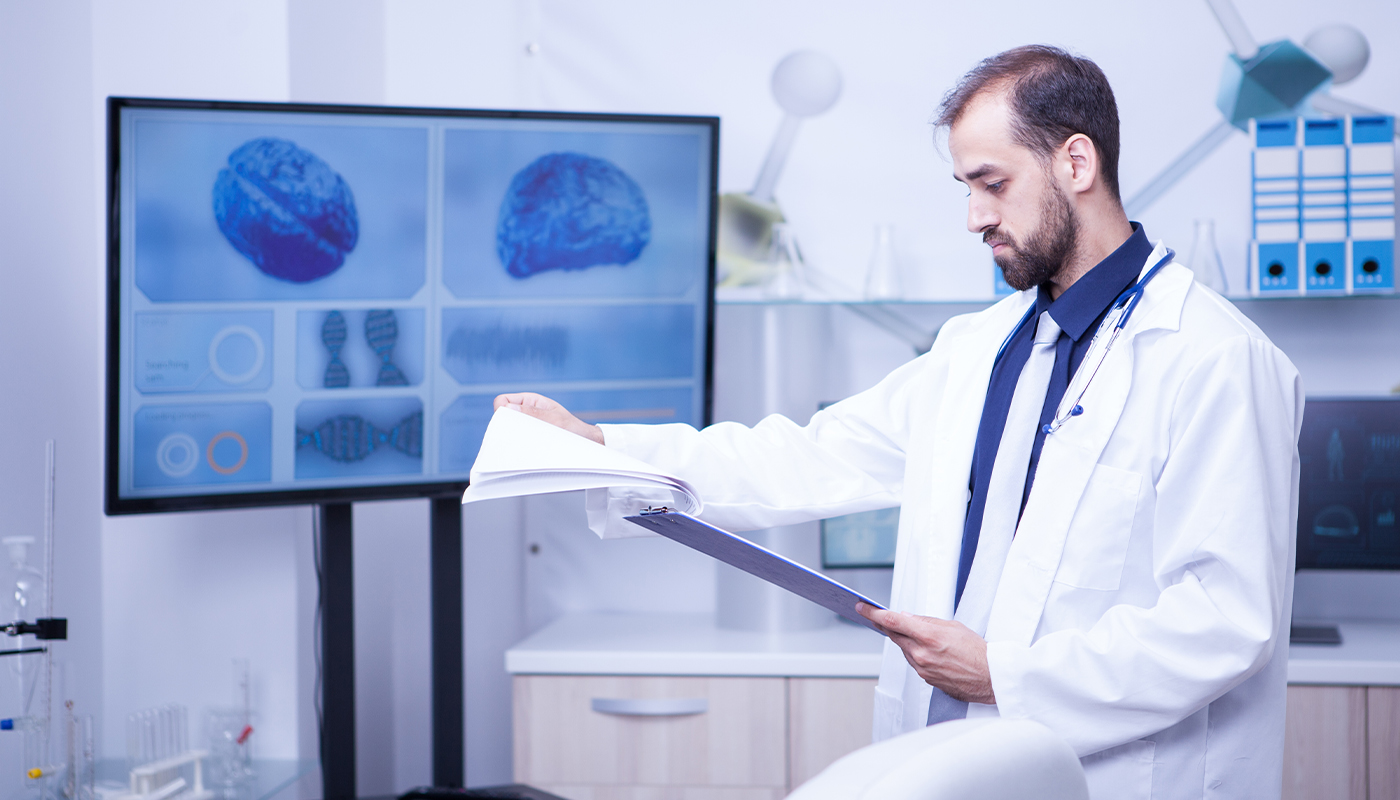
Professional medical services
- Saving Smiles All over India
How our partnership with Operation Smile is impacting cleft patients
One of the largest volunteer surgical NGOs in the world, Operation Smile, received over $2 million in 2019 from the Therauplex International Foundation. In particular, Operation Smile works to improve access to safe, quality surgical care for people born with cleft lip and palate. In India, a nation with an estimated 200,000 untreated cleft lip and palate patients, this three-year agreement gives access to complete surgical care, education, and training at her four clinics.
In October, Therauplex employees around the world put their biggest smiles on their faces, raising funds in honor of World Smile Day and continuing to promote safe operations around the world. All donations were matched 2:1 by the Therauplex International Foundation, raising over $50,000 in total. The three-year agreement is anticipated to have a favorable effect on 300,000 patients, families, community members, and healthcare workers.
We met with several experts to find out more about craniofacial conditions and how our support can make a difference.
Why is Operation Smile’s work important from a surgeon’s perspective?
“As a surgeon, my only focus is on giving each patient the best possible care, thus I want to make sure that every patient leaves the center with confidence and faces an opportunity-filled life.” The need for safe surgery should be a global concern, but India has special requirements because of the social and financial hurdles that prevent patients, particularly the poor, from receiving the necessary care. Organizations like Operation Smile are expanding access while assisting with ongoing medical difficulties, physician education, and training in order to provide these treatments to the regions where they are most needed.
– Dr. Partha Sadhu, plastic surgeon.
- Healthcare Insights
- Use Connected Medical Devices to Put Insights into Practice
As we strive to create digital health solutions that help streamline hospital operations and personalize patient care, we partnered with Amazon Web Services (AWS) to help physicians make informed decisions. We provide helpful and actionable insights.
Today’s medical devices contain vast amounts of data that can provide value and support to clinicians, especially when connected to analytics platforms. But understanding all of this can be difficult.
Digital healthcare solutions meet this challenge by transforming device data into actionable insights, supporting streamlined hospital operations, and empowering care teams to make more confident clinical decisions. can be reduced.
Using the right digital tools will give you the following benefits:
Save time:
Connected medical devices that automatically export diagnostic and/or treatment information to her EHR help reduce manual tasks such as recording and graphing a patient’s vital signs.
More accessible information:
Device data can be securely shared across EHRs and other key clinical systems that help keep facilities running smoothly. For example, device alerts can be forwarded to a nurse’s smartphone for quick assessment. The Biomed team can remotely view the current device status and assess issues for follow-up by the service.
Clinical decision support:
Advanced analytical tools uncover data from multiple sources, revealing insights that support clinical decision-making, whether identifying early warning signs of patient deterioration or assessing treatment effectiveness across departments.
- What is diabetic retinopathy?
Diabetic retinopathy is invisible, but it can be life-changing. For this reason, it is important for a diabetic to have her first checkup each year so that the disease can be caught before it causes vision loss.
In its early stages, diabetic retinopathy does not usually cause symptoms or vision changes, so the disease can progress undetected. Once symptoms develop, vision loss can be permanent, even with treatment. Diabetic retinopathy is a complication of diabetes in which high blood sugar damages the small blood vessels in the retina, causing them to leak or bleed, eventually leading to vision loss when it reaches severe levels.
In one study, the U.S. Centres for Disease Control and Prevention (CDC) found that nearly 1 in 3 adults with diabetes over the age of 40 had diabetic retinopathy. The prevalence is even higher among blacks and Mexican Americans.
It was too late for me to receive a diagnosis of diabetic retinopathy. Like a dimmer switch, my whole world went from bright to mundane and kept getting darker,” he said. Monica, a patient who lost her sight due to vision loss associated with diabetic retinopathy, said, “Everyone goes to a GP, but not everyone goes to an ophthalmologist or specialist unless there is a problem.” “I should have taken better care of myself and may have avoided blindness.”
Regular eye exams and timely treatment can prevent up to 90% of diabetes-related blindness, according to the CDC. You can even get it at “Diabetic retinopathy can be treated if detected early,” said Richard Farchione, his marketing director at Global. “We are focused on improving access to diabetic retinal screening through technology that can be deployed in more patient-friendly locations, such as clinics and retail pharmacies, and we are committed to continuing our commitment to helping people with diabetes.”
- Aliquam tincidunt nisi vitae nulla molestie .

